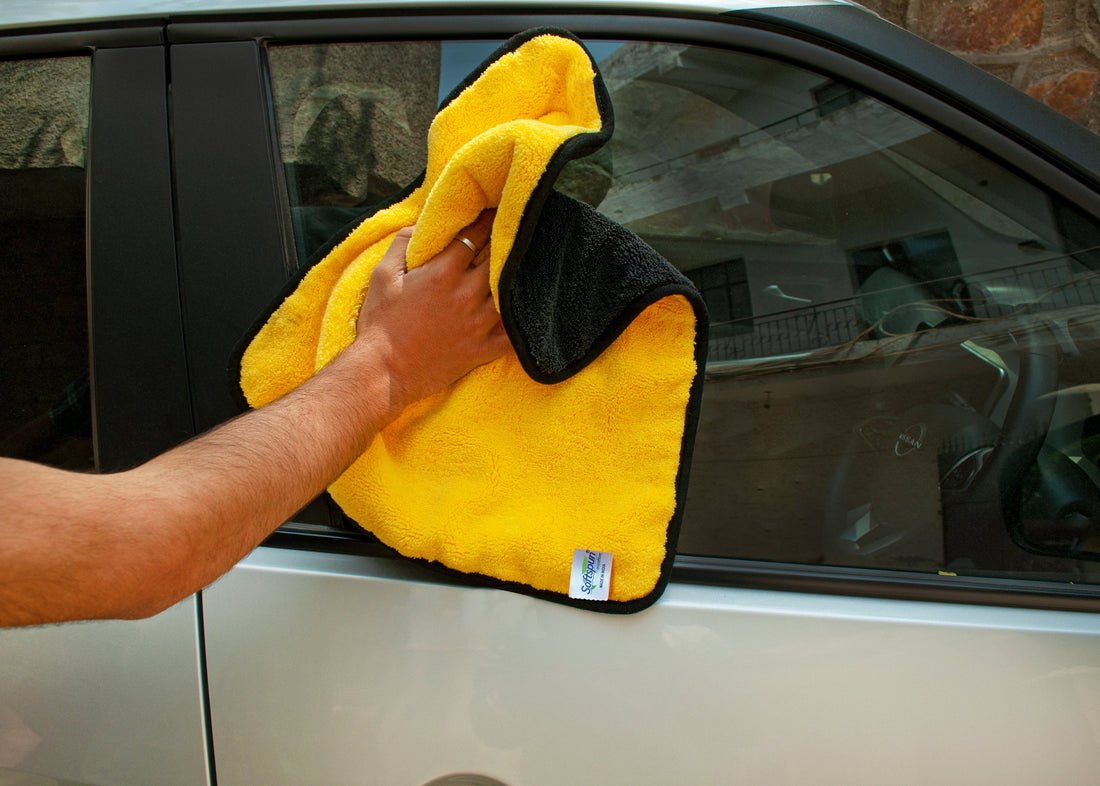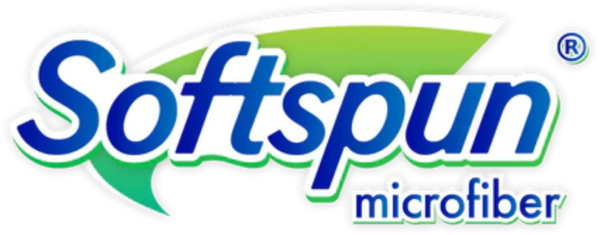
Everything you need to know about Microfiber Cloth- Uses
Share
Advantages, Disadvantages and Care
Microfiber, also known as man-made fibers, is a collective term for substances made from particularly thin threads of polyester, polyacrylic, or polyamide. The outstanding feature of the microfiber is the fine soft structure, but also its dimensional stability. In addition, microfibers do not form lint. The quick-drying of the tight-meshed fabric after washing is another advantage.
With microfiber cloths, both mechanical cleaning and dust-binding wiping is possible. Therefore, microfibre cloths are extremely effective in the home and are characterized by their high effectiveness.
Microfibre cloth for cleaning
The microfiber towel is attributed to properties such as the picking up of water-soluble as well as fatty dirt without the addition of a cleaning agent. Thanks to their nature and the environmentally friendly aspect, the clothes are often used in various cleaning areas, e.g. in commercial cleaning (building cleaning) in the industry in the dirt- and dust-free production of materials, or for private household cleaning, here for window cleaning, for dishwashing.
However, the cloths also have the high abrasion resistance and so there is a risk of damage in some applications such as cleaning thin plastic.
Further use of microfiber cloth
Microfiber products are used in every area of daily life. The range of products ranges from a cuddly soft bath towel to durable clothing.
Especially buyers of sportswear or functional clothing swear by microfiber swear fabrics and use the breathable properties of the microfiber. Thus, microfiber fabric scans of wind and water and lets sweat leak out of the fabric.
Microfibre also has advantages over cotton when it is used for bath towels and bed linen. Thus, the microfiber dries particularly quickly after washing, retains its shape and color, in contrast to cotton, which often ealleates, and usually does not need to be ironed.
Wash microfiber cloths
Since there are also large differences in microfibers, a lot should be taken into account when cleaning in the washing machine.
To maintain the function of the material, microfibers are washed at a low temperature. The addition of detergents should also be kept low and the use of softeners should be completely dispensed with. The risk of spoiling the softness of the material is relatively high, as softeners lie around the fibers like a film, thus ultimately preventing the permeability of water vapor.
Hang microfiber fabrics immediately after machine wash, as this ensures dimensional stability. A microfiber towel does not belong in the tumble dryer!
